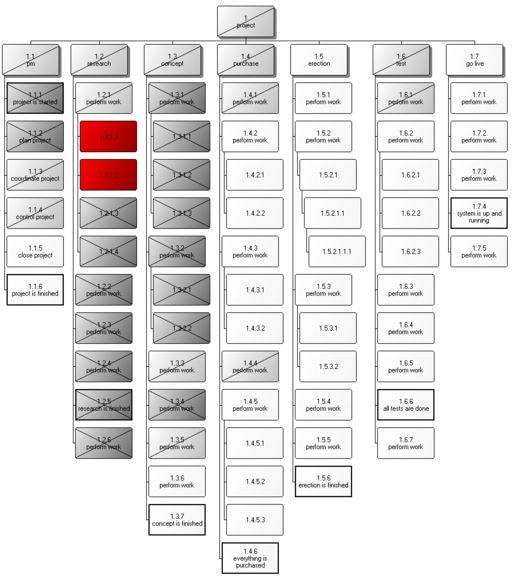Learn How to Create a Modular Work Breakdown Structure
Using the Systems Development Life Cycle
The work breakdown structure is a tool that is used to assist in defining and then assembling similar tasks together. This helps project managers and teams manage the entire scope of the project. The goal of the work breakdown structure is to help teams figure out what the major parts of the project are and what milestones need to be met to achieve these.
To assist in creating a modular work breakdown structure, the systems development life cycle can be a great tool. The systems development life cycle is used to break down a large project or phases of a project into smaller, modular components. This allows pieces of the project to be adequately dealt with before moving on to subsequent parts.
Generally, the system development life cycle allows teams to change or create new systems or new processes. This methodology gives teams more control over the entire process by allowing them to focus on individual pieces of the puzzle.
Basically, a project manager can look at one module of the project and ensure that there are enough resources to finish that section of the project. It also ensures that the given modular section is completed before another task is added to the pack.
The First Two Sections
In the systems development life cycle, the first part of the work breakdown structure should summarize all the important phases and/or high points of the project. The remainder of the first part of the work breakdown structure translates to a completely filled-out summary of the scope, a timeline,
and a project description.
Once this first section is complete, project teams should address the seven systems-development life-cycle phases. These are as follows:
- Identify the objective of the project.
- Define the scope.
- Create a project plan.
- Examine user requirements.
- Write up a detailed project design.
- Take development steps.
- Test that the project meets the requirements.
- Implement the project.
- Go over what’s needed to operate and maintain the system.
- Define end-of-project activities.
WBS Final Section
Within this type of modular network, the work breakdown structure should list the major milestones and give definitive timelines of when the project should be completed and how project effectiveness will be measured.
Part of the final section of the work breakdown structure is analyzing whether or not other tasks will affect the given tasks. Do you need other tasks to be completed before this task can be started? Can tasks be done simultaneously? If so, are outside contractors needed to complete the given tasks?
The systems development life cycle does account for external contractors if they are needed. If they are, project managers should write up a statement of work that indicates what task the contract needs to complete and how the contractors will be used within the project scope.
Image Credit: Wikimedia Commons, WBS by Dietmar Schoder
